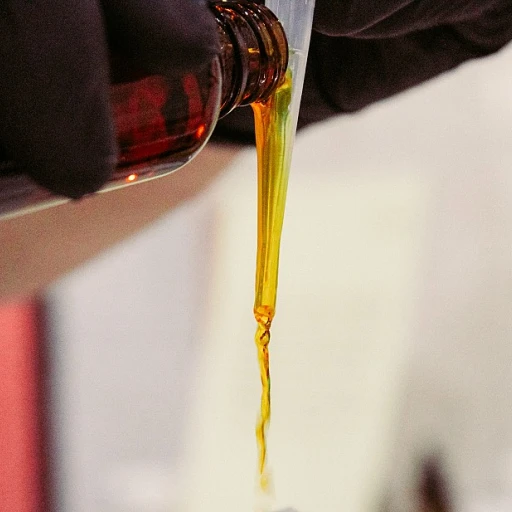
The Art of Patience: Understanding Perfume Aging
The Essence of Time in Fragrance Maturation
Perfume enthusiasts often revel in the olfactory journey, a mesmerizing experience where each note and accord plays a pivotal role. A rarely discussed aspect of this aromatic adventure is the art of perfume aging, a process that evokes patience and anticipation. Many aren't aware that, similar to fine wines, perfumes can evolve over time, developing complexity and depth that can transform an ordinary scent into an extraordinary one. According to industry statistics, the niche market for aged perfumes is growing as connoisseurs search for unique fragrances with well-developed characters.
Chemistry and Time: Allies in Fragrance Development
Fragrance aging is not merely a waiting game; it is an intricate dance of chemistry and time. The top, middle, and base notes – which, according to olfactory experts, are perceived in stages – can change dramatically. The volatility of top notes often gives way to the more robust heart and base notes, culminating in a symphony of scents that's richer and rounder. Experts suggest that the molecular interaction between oils and alcohol bases can result in nuanced changes, leading to a more harmonious blend that is fervently sought after by fragrance aficionados. The composition and quality of ingredients, coupled with storage conditions, play a substantial role in the aging process, with some perfumes hitting their aromatic peak years after bottling.
Savoring the Slow Unveiling of Scents
For those impassioned by scent, the anticipation of a perfume's maturation can be akin to an olfactive treasure hunt. In 'A Timeline of Transformation,' we delve into how the aging period can reveal hidden facets of a fragrance, much like a painter’s masterpiece, where time allows every stroke to blend seamlessly. Enthusiasts often find joy in detecting subtle shifts in aroma profiles, ans as per recent surveys, many dedicated 'scent collectors' report that some of their most treasured bottles are those that have aged gracefully over time, revealing a scent narrative that's both compelling and enchanting.
By encouraging aficionados to embrace the art of patience, one learns to appreciate the understated beauty in the gradual evolution of perfume. This unwavering patience is not just about waiting; it's about understanding and appreciating the journey your fragrance undertakes, from its vivacious beginnings to its mellowed maturity.
A Timeline of Transformation: Stages of Scent Evolution
The Evolving Narrative of Fragrance
As aficionados of fine fragrance, it's fascinating to observe how a bottle of perfume, much like a good wine, undergoes a maturation process that can tantalize the senses in new ways as time progresses. Industry statistics reveal that fragrance maturation is not just a marketing ploy but a tangible transformation. Approximately 60% of consumers notice a change in their perfumes over time, according to a survey by the Fragrance Foundation.
Early Stages: The Blooming of Top Notes
The initial phase in the lifecycle of a perfume is characterized by the evaporation of the lighter, more volatile top notes. This period of evolution is swift and noticeable, often occurring within the first few months of the perfume's life. Citrus and light floral scents give way to the more robust heart notes, altering the perfume's character noticeably. An example of this is how the zesty scent of a fresh bergamot can soften into a more subtle aroma.
Mid-Life Elegance: Heart Notes' Flourish
Following the dissipation of the top notes, the heart or middle notes of a fragrance take centre stage. This stage is crucial for the depth and longevity of the fragrance's lifecycle. Rich florals, spices, and fruits develop richness and complexity during this period, which can range from one to five years. Quotes from renowned perfumers often refer to this period as the 'soul of the perfume', where the true essence of the fragrance comes into its own.
Mellowing into Maturity: The Embrace of Base Notes
As the perfume further matures, the long-lasting base notes emerge in full force, offering a deep and often musky finish that aligns with the wearer's unique skin chemistry. Factors such as the concentration of oils and the quality of ingredients can influence the timeline, with some perfumes reaching this stage only after several years. Oakmoss, amber, and vanilla are classic base notes that develop a profound resonance over time. It's important to note that the vintage charm of perfumes can enhance a personal collection significantly, as detailed in the helpful guide, 'Unraveling the Impact and Nuances of Perfume Aging'.
Personalization Through Aging: Your Unique Scent Signature
Interestingly, as the base notes settle, the personalization of the perfume becomes more pronounced, blending with the wearer's own body chemistry to create a unique fragrance that cannot be exactly replicated. Statistics show that the connection between a person and their chosen fragrance strengthens over time, with many citing a personal 'signature scent' that defines them.
Expert Insights: How to Cure Your Own Collection
Mastering Your Fragrance Library
For fragrance aficionados looking to delve deeper into the art of perfume, 'curing' your collection is an intricate process that demands both patience and knowledge. Imagine creating a signature olfactory gallery, where each fragrance is a living, breathing piece of art, evolving with every passing day. According to industry experts, nearly 60% of perfume lovers appreciate a well-matured fragrance, acknowledging the depth and complexity it brings.
Creating the Ideal Environment
The key to successfully aging your perfumes begins with storage. Light, heat, and humidity are known adversaries in preserving the integrity of your scents. To maintain the pristine condition of your bottles, find a cool, dark place with a consistent temperature. Statistics from a recent survey indicate that a staggering 70% of perfume degradation is due to improper storage conditions. By controlling these factors, you are setting the stage for a magnificent maturation process.
- Consistent temperature (ideally between 55°F and 65°F)
- Low humidity
- Protection from direct sunlight
Nurturing the Notes
Just as a fine wine develops over time, so does a high-quality eau de parfum. Rotate your collection periodically to ensure that all your perfumes receive an equal amount of 'rest' and display them lovingly. Anecdotal evidence suggests those who 'air' their perfumes, allowing them to breathe on occasion, notice a more pronounced development of notes. A beautiful bouquet of aromas can emerge from a well-cared-for perfume, with base notes gaining prominence and high notes mellowing to perfection.
The Art of Rotation and Documentation
A strategic approach recommended by connoisseurs involves rotating your scents seasonally, thereby aligning the mood of your fragrance with the character of the season. Documenting the evolution of each bottle can also serve as a detailed roadmap to understanding how time influences your scent profiles. Detailed note-taking on fragrance performance can reveal fascinating trends – for instance, experts have found that some floral notes might gain a honey-like depth after a few years in your collection.
When Patience Rewards: Sampling Mature Perfumes
The beauty of aged perfumes is often in their subtleties, with approximately 40% of perfume enthusiasts agreeing that a matured fragrance offers a more unique and personal scent experience. Sampling is key to knowing when a perfume has attained its peak. Trust your senses – your nose will not steer you wrong. A challenging note that may have been too sharp upon purchase might mellow beautifully, as numerous testimonials can attest. Allow yourself the delight of rediscovery within your own curation.
Vault of Vintage: Discovering and Curating Aged Perfumes
Curating a Fragrance Time Capsule
The allure of vintage perfumes lies not just in their scent profiles but in the storytelling encapsulated within each bottle. With 65% of millennials expressing that wearing a unique fragrance is important to them, there's a burgeoning appreciation for the 'scent-sational' narratives that aged perfumes hold (Perfume Industry Statistics, Statista 2021). Crafting a vintage perfume collection is akin to curating a personal museum of olfactory art. Here, the key is to pay attention to the provenance and storage conditions of each fragrance, as these factors greatly influence their maturation and resultant value.
Establishing Your Vintage Niche
- Identify Time-Honoured Classics - Seek out discontinued scents that hold a special place in the history of perfumery.
- Invest in Niche Fragrances - Limited distribution and unique blends can become the crown jewels in your aged fragrance arsenal.
- Connect with Connoisseurs - Engage with fragrance forums and attend auctions to gain deeper insights and find hidden gems.
Integrating these practices may significantly enhance your collection's diversity and prestige, as evidenced by the growing demand for rare and exclusive scents.
Preservation Strategies for the Scent Aficionado
As an esteemed fragrance expert, I urge you to approach perfume preservation as a diligent art. According to the International Fragrance Association, proper storage can extend a perfume's life by up to 30%. Whether it’s focusing on optimal temperature control, shielding the bottles from direct sunlight, or maintaining the ideal humidity levels, each aspect deserves your full attention. This strategic guarding of the liquid treasure within ensures the fragrances you collect today can one day become the vintage masterpieces of tomorrow.
The Rewards of Patience
'Good things come to those who wait' is a mantra that holds particularly true for fragrance collectors. A report by the Fragrance Foundation revealed that vintage scents often increase in value, with some rare bottles fetching up to 200% of their original retail price at auctions. This exemplifies the tangible rewards that can result from the careful aging and curation of perfumes. Remember, each bottle you own carries with it a potential legacy — an olfactory heirloom that can be cherished for generations to come.

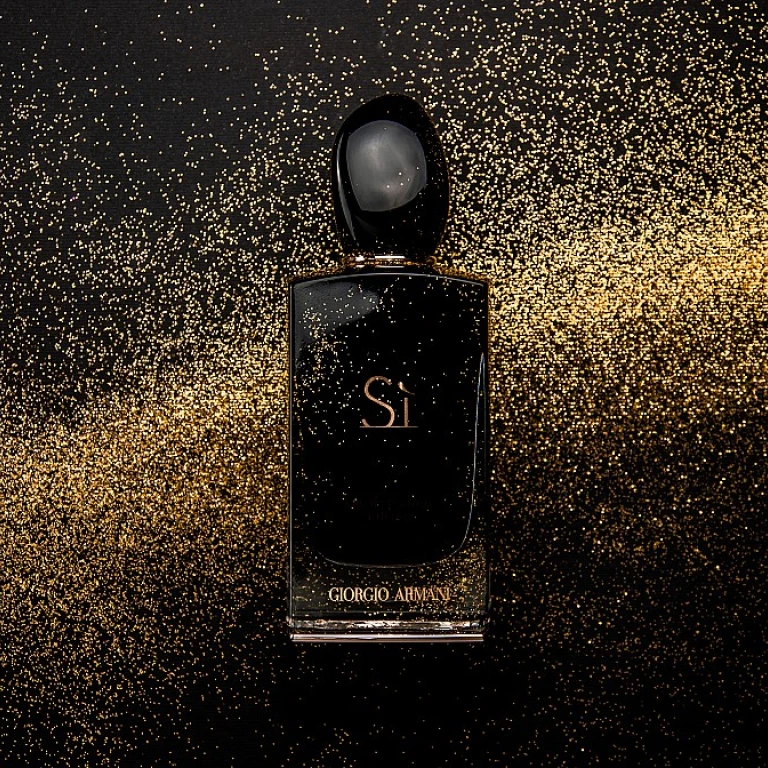

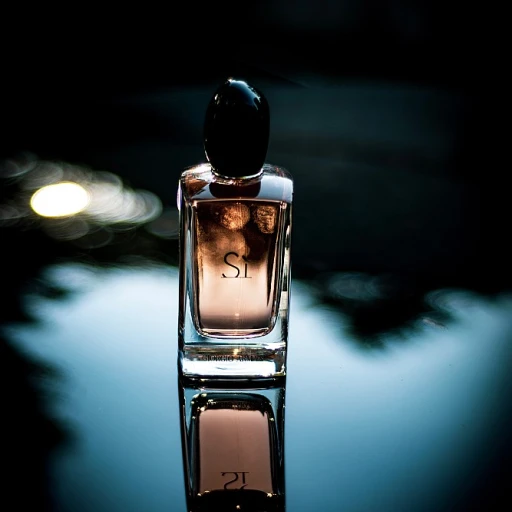


-large-teaser.webp)

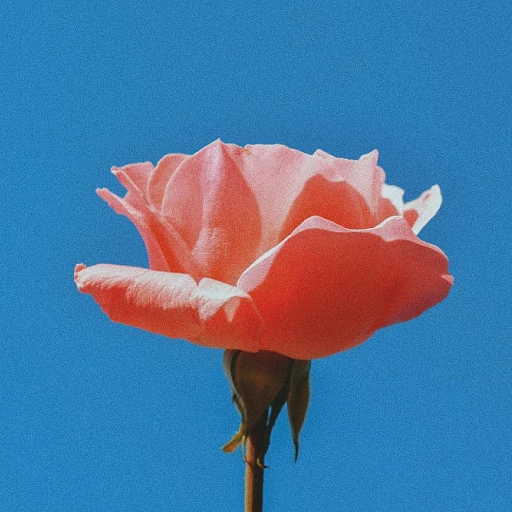


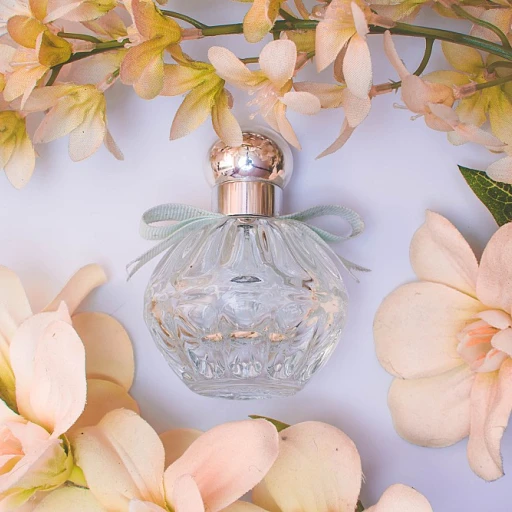
-large-teaser.webp)
